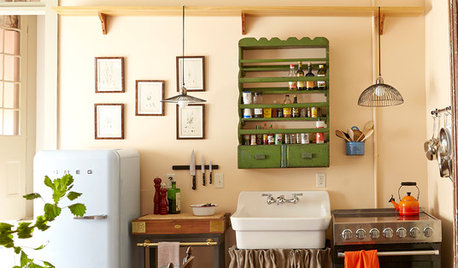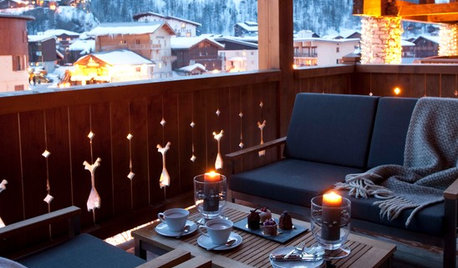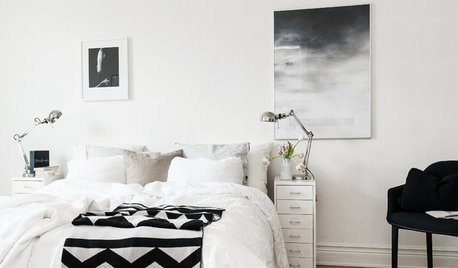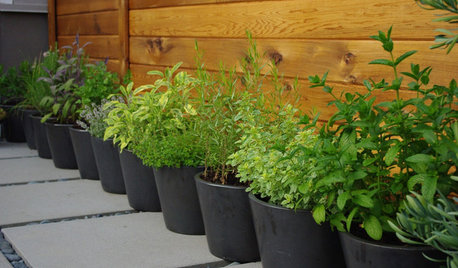French Intensive and 24 inch deep raised beds?
kristimama
15 years ago
Related Stories

FARM YOUR YARDHow to Build a Raised Bed for Your Veggies and Plants
Whether you’re farming your parking strip or beautifying your backyard, a planting box you make yourself can come in mighty handy
Full Story
GARDENING GUIDES8 Materials for Raised Garden Beds
Get the dirt on classic and new options for raised vegetable and plant beds, to get the most from your year-round garden
Full Story
HOUZZ TOURSHouzz Tour: Undone in the French Quarter
Color and history abound in this ‘unrenovated’ pied-à-terre in the Big Easy
Full Story
VACATION HOMESHouzz Tour: A French Ski Chalet’s Dark Sophistication
A superstylish ski chalet is layered with tactile surfaces, organic textures and warm colors
Full Story
GARDENING GUIDESBright Plants for Flower Beds That Wow
From new annual and perennial varieties to grasses, get dramatic with swaths of color
Full Story
BEDROOMS11 Reasons to Love White Bedding
For easy bedding that makes neutrals sing and accessories pop, look to the white side
Full Story
BATHROOM DESIGNWater Damage Spawns a Space-Saving Bathroom Remodel
A game of inches saved this small New York City bathroom from becoming too cramped and limited
Full Story
GARDENING GUIDES4 Herb Container Gardens for Fabulous Global Cuisine
Tingle your taste buds with the unbeatable taste of fresh herbs in your Italian, Asian, Mexican or French fare
Full Story
LANDSCAPE DESIGNProblem Solving With the Pros: How to Build a Garden in an Urban Canyon
Skyscrapers, noise and deep shade create an unlikely sweet spot for a timeless green retreat in New York City
Full Story
EARTH DAY5 Ideas for a More Earth-Friendly Garden
Consider increasing the size of garden beds, filtering rainwater and using plants to reduce energy use
Full Story





zuni
greenbean08_gw
Related Professionals
Harrison Landscape Architects & Landscape Designers · Salisbury Landscape Architects & Landscape Designers · Aurora Landscape Contractors · Clearlake Landscape Contractors · Fort Hunt Landscape Contractors · Lees Summit Landscape Contractors · Milford Mill Landscape Contractors · Nutley Landscape Contractors · Sammamish Landscape Contractors · Maplewood Landscape Contractors · Bellevue Fence Contractors · Hackensack Fence Contractors · Laguna Hills Fence Contractors · Roswell Fence Contractors · Saratoga Springs Fence Contractorsribbit32004
Dan _Staley (5b Sunset 2B AHS 7)
snibb
anniesgranny
Dan _Staley (5b Sunset 2B AHS 7)
snibb
flatlander
anniesgranny
snibb
maifleur01
anniesgranny
pwilliams911
kristimamaOriginal Author
sinfonian
gardener_mary
gary96720
walkerjks
nanajolo
katy_f
rj_hythloday
eprebys
granea
christie_pont
Megan L